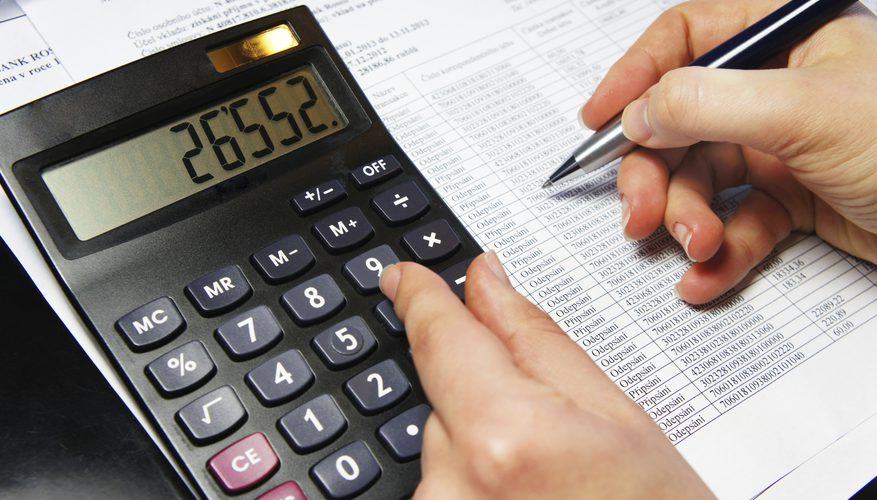Balance Sheet
A balance sheet gives you a snapshot of your business’ financial condition at a specific moment in time. The fact that it is a snapshot means that it only displays information from one specific time on one specific day. It typically lists your business’s assets, liabilities, and capital. It also lists your balance of income and expenditure over the previous period.
A balance sheet helps you to…
Quickly get a handle on the financial strength and capabilities of your business.
 Identify and analyze trends, particularly in the area of receivables and payables. For example, if your receivables cycle is lengthening, maybe you can collect your receivables more aggressively.
Identify and analyze trends, particularly in the area of receivables and payables. For example, if your receivables cycle is lengthening, maybe you can collect your receivables more aggressively.
Assess your business to see if you are in a position to expand or if you should stay where you are.
Determine if your business can easily handle the normal financial ebbs and flows of revenues and expenses.
Analyze if you need to take immediate steps to bolster cash reserves.
Evaluate to see if your business has been slowing down payables to forestall an inevitable cash shortage.
Balance sheets, along with income statements, are the most basic elements in providing financial reporting to potential lenders such as banks, investors, and vendors who are considering how much credit to grant you.
Figure out ratios like the debt-to-equity ration and acid-test ratio. These ratios can allow you to figure out how healthy your business is and where you might want to make adjustments to keep your business healthy.
Listing out your assets and liabilities can help you get a clearer image of how your business is doing and where you may be spending more than you should or where you should be spending more.
We are here to help you with all of your accounting and business needs. Please schedule a meeting with us here.
